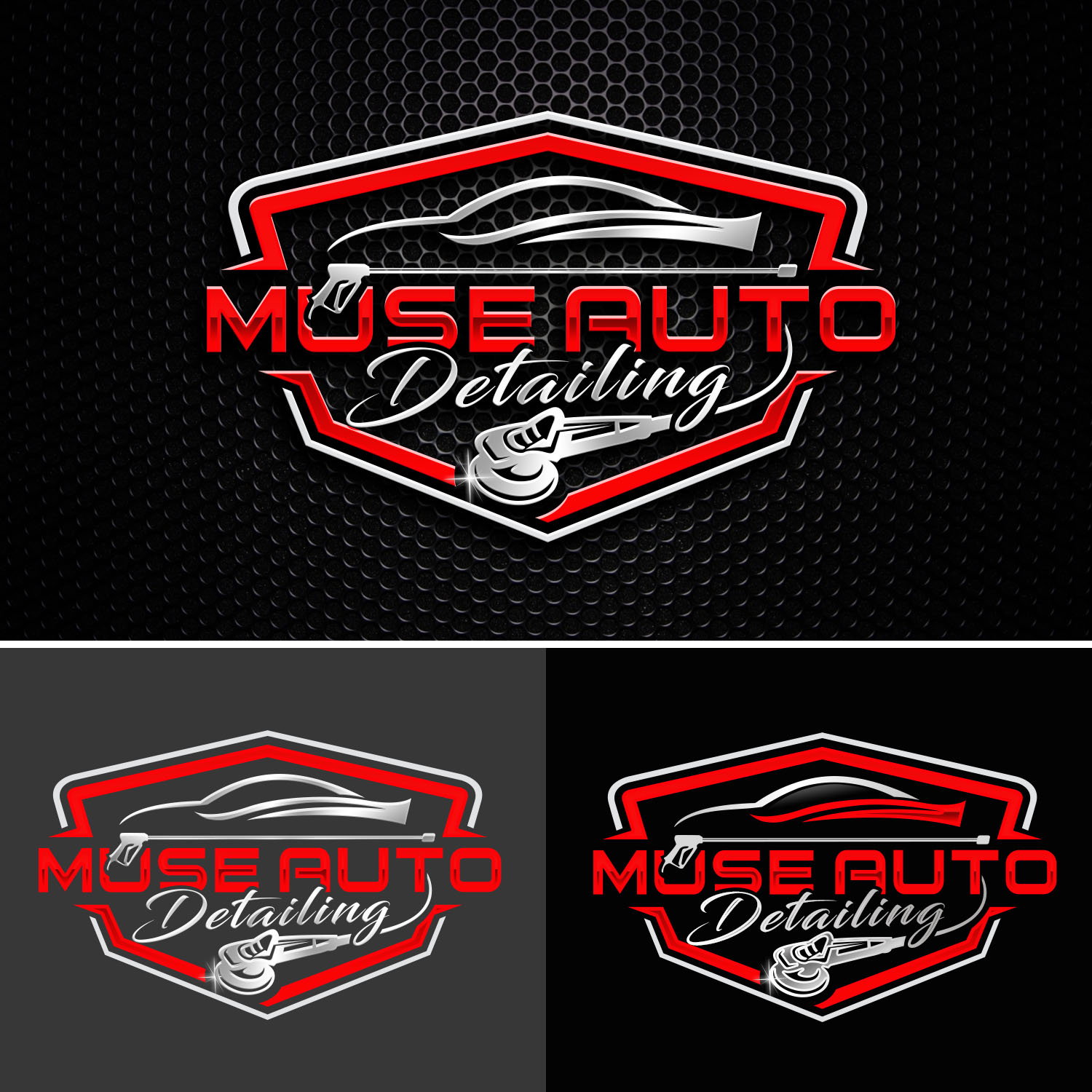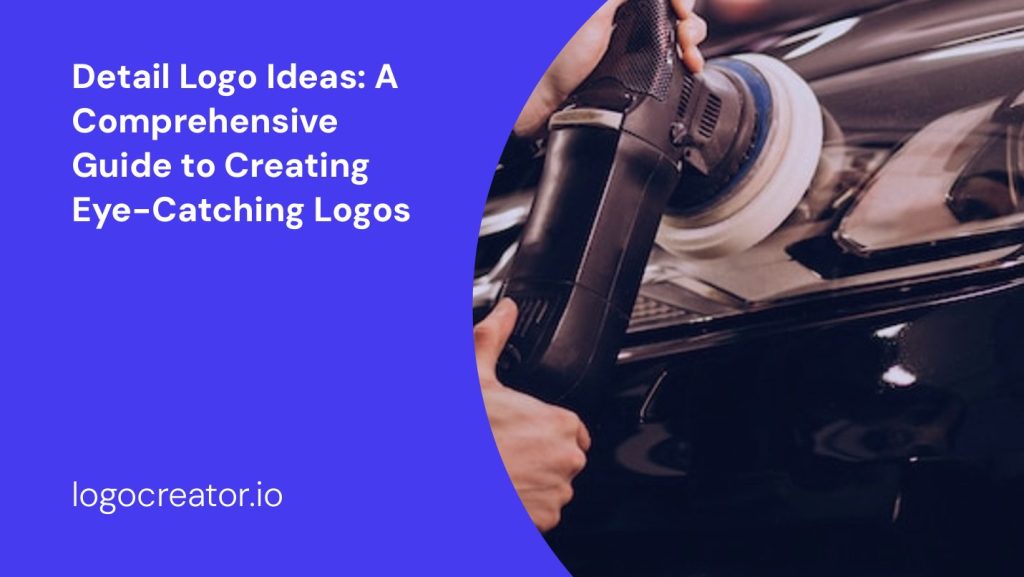Are you in need of a captivating logo that perfectly represents your brand? Look no further! In this article, we will explore the world of detail logo ideas and provide you with valuable insights to create a logo that stands out from the crowd. From understanding the importance of a well-designed logo to exploring different design elements, we will cover it all. So, let’s dive in and unleash your creativity!
The Significance of a Well-Designed Logo



Your logo serves as the face of your brand, making it crucial to invest time and effort into its design. A well-designed logo not only reflects your brand’s personality but also helps establish credibility and recognition in the market. It becomes a visual representation that customers associate with your products or services, creating a lasting impression.
Identifying Your Brand’s Essence


Before delving into the design process, it’s essential to identify the core values and essence of your brand. Take a moment to reflect on what your brand represents, its target audience, and its unique selling points. These insights will guide the creation of a logo that effectively communicates your brand’s message.
Key Elements of a Detail Logo

To create a visually appealing and memorable logo, consider incorporating the following key elements:
1. Typography
Typography plays a vital role in logo design, as it sets the tone and communicates the brand’s personality. Choose a font that aligns with your brand’s image – whether it’s elegant, bold, playful, or minimalistic. Experiment with different typefaces to find the perfect match that resonates with your target audience.
2. Color Palette
Colors evoke emotions and have the power to influence perceptions. Experiment with various color combinations to find a palette that complements your brand and appeals to your target market. Consider using colors that align with your brand’s values and evoke the desired emotions in your audience.
3. Imagery and Iconography
Incorporate symbols, illustrations, or icons that represent your brand’s essence. These visual elements can help convey meaning and create a connection with your audience. Be sure to choose imagery that is relevant, unique, and memorable.
4. Simplicity
Simplicity is key when it comes to logo design. A cluttered logo can be overwhelming and fail to leave a lasting impression. Aim for clean lines, minimalistic shapes, and a balanced composition. A simple logo is not only visually appealing but also versatile and easily recognizable across different platforms.
5. Originality
In a saturated market, standing out from the competition is essential. Ensure your logo is unique and distinctively represents your brand. Avoid using generic symbols or cliché designs that may dilute your brand’s identity. Originality will help your logo leave a lasting imprint on your audience’s mind.
Drawing Inspiration from Detail Logo Examples



To spark your creativity, let’s explore a few detail logo ideas that have successfully captured attention and effectively represented their respective brands:
1. Nike
The Nike logo is a perfect example of simplicity and recognition. The iconic swoosh symbolizes movement and speed, aligning perfectly with Nike’s athletic brand image. The minimalist design and clean lines make it versatile and easy to reproduce across different platforms.
2. Apple
The Apple logo is another prime example of a detail logo that has become synonymous with its brand. The sleek apple silhouette with a bite taken out of it is instantly recognizable and conveys Apple’s commitment to innovation and modern design.
3. FedEx
The FedEx logo incorporates clever use of negative space to create an arrow between the letters ‘E’ and ‘X. This subtle detail represents the company’s commitment to speed, precision, and efficiency in their delivery services.
Designing Your Detail Logo: Step-by-Step Process



Now that you have a better understanding of the key elements and have drawn inspiration from successful examples, let’s dive into the step-by-step process of designing your own detail logo:
Step 1: Research and Conceptualization
Start by researching your industry, competitors, and target audience. Identify what sets your brand apart and brainstorm ideas that align with your brand’s values and personality. Sketch rough concepts and explore various design possibilities.
Step 2: Refine Your Concepts
Once you have a collection of rough sketches, refine them further by eliminating unnecessary elements and focusing on the core concept. Experiment with different fonts, colors, and layouts to find the perfect balance.
Step 3: Seek Feedback
Share your refined concepts with trusted individuals, such as colleagues, friends, or potential customers. Gather feedback and make adjustments accordingly. It’s important to consider different perspectives to ensure your logo resonates with your target market.
Step 4: Digitalize Your Design
Once you have a final concept, transfer it to a digital platform using graphic design software. Pay attention to the details and ensure your logo remains visually appealing even at different sizes and resolutions.
Step 5: Test and Iterate
Test your logo across different platforms, such as websites, social media, and print materials. Ensure its readability, scalability, and visual impact remain consistent. If necessary, make further adjustments based on feedback and testing results.
Conclusion



Creating a detail logo that effectively represents your brand requires careful consideration and a deep understanding of your brand’s values and target audience. By incorporating key design elements, drawing inspiration from successful examples, and following a step-by-step process, you can create a visually appealing and memorable logo that leaves a lasting impression. So, unleash your creativity, and let your brand shine through a well-designed detail logo!
Barry Edwards is a digital marketing expert with a deep understanding of content strategy, logo, and branding principles. Holding a Bachelor’s degree in Marketing from Beaconhill College, he offers valuable insights on digital marketing trends and strategies through his writing. Follow Barry’s work to stay updated on the latest in online marketing and branding.



